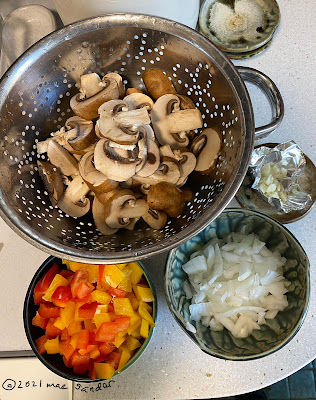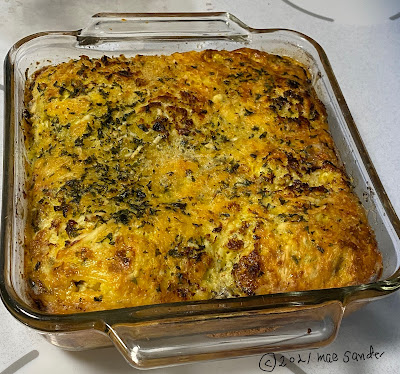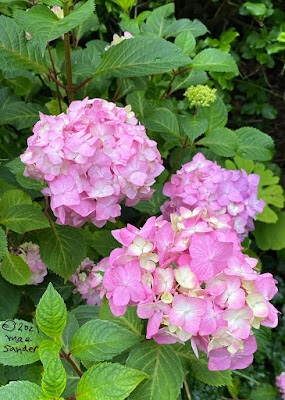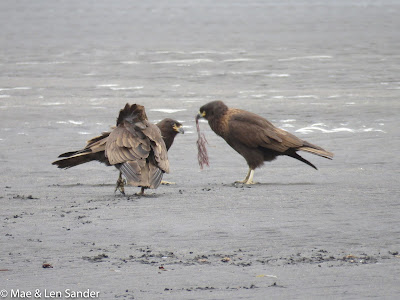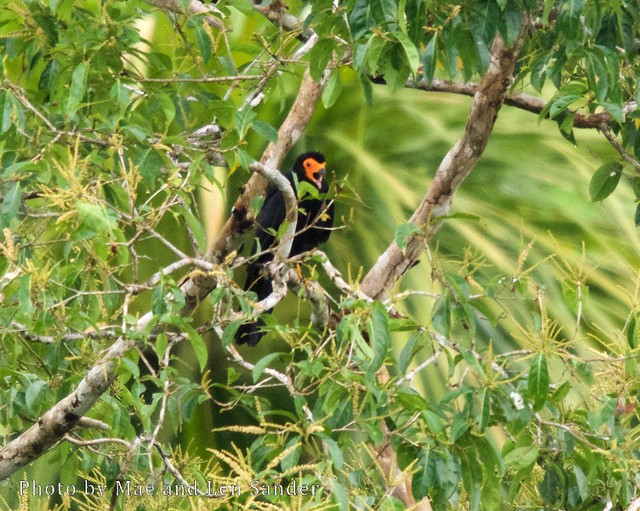 |
| A tiny Paris kitchen. (source) |
This is kitchen day. At the end of each month, I write about what's happening in my kitchen and share it with like-minded bloggers who link up at Sherry's blog, Sherry's Pickings. This week is also the start of another fun blog link-up called Paris in July, hosted by Tamara at Thyme for Tea. I've decided therefore to write a post about French kitchens I've experienced: the dream and the reality. The ongoing dream is the part that makes this ok (I hope) for Sherry's kitchen event, which is supposed to be about the present not the past.
I've lived in Paris for a few long stays, when I cooked in an apartment kitchen. These were anything but dream kitchens. They were really small. The appliances were touchy: ovens without a good thermostat, extremely small refrigerators, tiny countertops, wobbly cabinets (once a shelf fell and all the lovely platters and baking dishes that I had bought were broken). Despite the limitations, I not only made most meals for two or three of us, I also thoroughly enjoyed shopping in the nearby open-air markets and small specialty shops in the neighborhood. I even invited French friends for dinner parties where I cooked American foods to amuse them.
While we were living in Paris, we also had quite a few visitors from home who stayed with us for a weekend or even for several days. I have a cousin who still remembers that she and her friend, who were bumming around Europe between college semesters, slept in the kitchen in one of the apartments, which now in retrospect seems impossible. Why in the kitchen? Because our then-young daughter slept in the bedroom and we slept in the living room which was also the dining room. So Jacki and her friend squeezed their sleeping-bags into the narrow kitchen. Mostly, though, we didn't have overnight guests in that location.
 |
| Our building from street level. Our apartment faced the elevated metro, so it was also very noisy as well as small. |
We invited more visitors during a later stay in Paris, when we had a very small second bedroom, which was also the laundry room. My then-3-year-old nephew, who was visiting us with his parents and brother, remarked "Aunt Mae's kitchen is smaller than her bathroom." You get the idea!
During our stays in France, we also were invited to the apartments of many friends, so all in all, we've seen a number of Paris kitchens. These were typically crowded and small, but usually had newer cabinets and equipment than ours -- sometimes even a compact dishwasher, an almost-normal refrigerator, and a tiny washing machine. Real estate in Paris is very very expensive, so small kitchens are just a normal part of life there, at least among our middle-class friends. Whenever we go to Paris, we still frequently have dinner at their homes, so some of our experiences are also more recent.
 |
| A "solution" for a kitchen that can be hidden from guests: put it in a closet! (source) |
I don't have any photos of the kitchens I've seen in Paris apartments -- not even from recent trips. Before the year 2000, the old limitation of 36-exposure rolls of film meant that I saved the shots for the beautiful tourist sights. Besides, most of the Parisians we know have always tried not to let anyone see their kitchens during a dinner party -- you have to sneak a peek between courses if you can, and bringing your iPhone for a photo op would be horrendously gauche!
 |
| Typical Paris kitchen: the refrigerator is below the counter. Next to it is a tiny washing machine. |
Dream Kitchens
Let's turn our attention to another Paris kitchen experience -- dreaming of ideal kitchens in Paris, which is what I'm doing this month. I love to take long walks through the many types of neighborhood in Paris. I enjoy looking into the display windows of a variety of businesses, including kitchen remodeling shops. These are amazingly frequent, unlike here in the US. You would never know how small the typical kitchen is when you look into these spacious sample installations.
Knowing that kitchen remodeling is so popular in France, I searched out some web-sourced photos of Paris dream kitchens. These unattainable remodeling proposals, like the windows of the kitchen remodeling shops, reflect the fact that Paris is full of rich people -- really, really rich!
 |
| My entire Paris apartment would have fit in this kitchen. (source) |
At the time we lived in Paris, there was another major difference between French and American kitchen practice. Cabinets, stoves, and refrigerators were not usually provided when people bought an apartment. Instead, the kitchen would be empty, except for maybe a porcelain sink on spindly metal legs and some appliance hook-ups. If the buyers already owned cabinets and so on, they would move them in along with their furniture. Otherwise they had to buy them. We had a friend who did that when she moved from a house in the suburbs. I have no clue if that's still the French custom. Our short-term rentals were all fully furnished, so this didn't apply to us.
 |
| Smaller, but elegant, this image is made with CGI. (source) |
 |
| A kitchen in a former maid's room under the roof. (source) |




